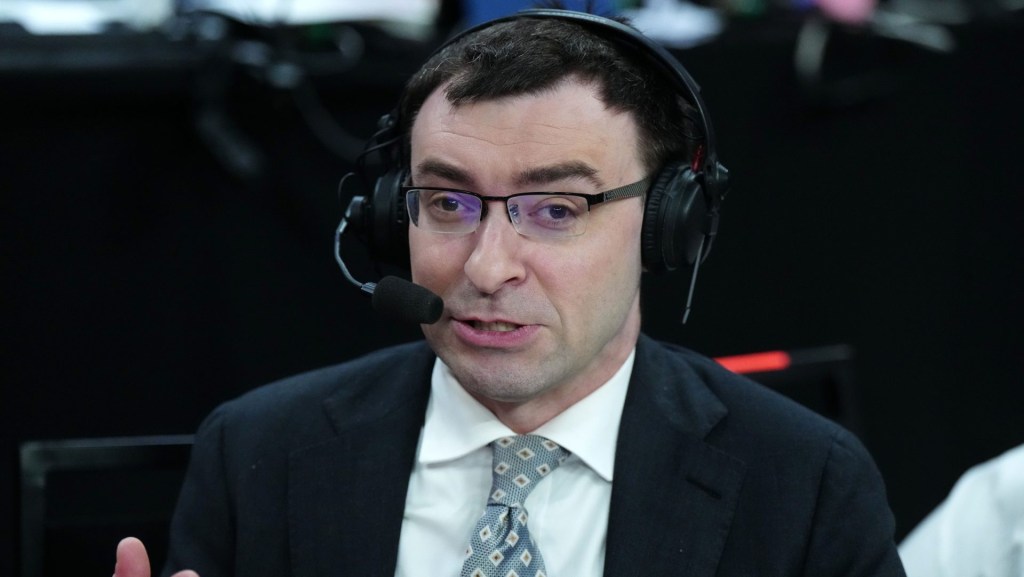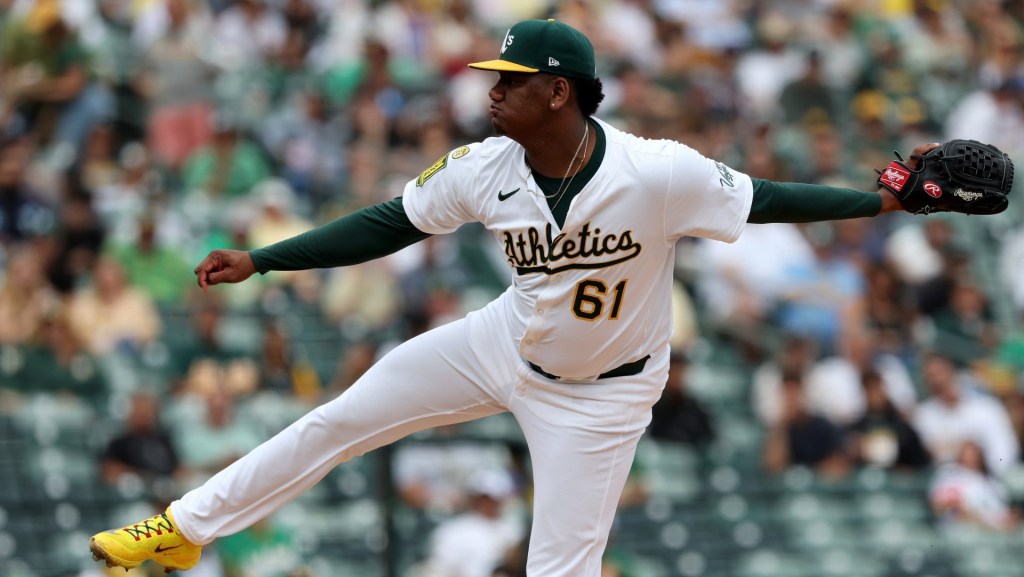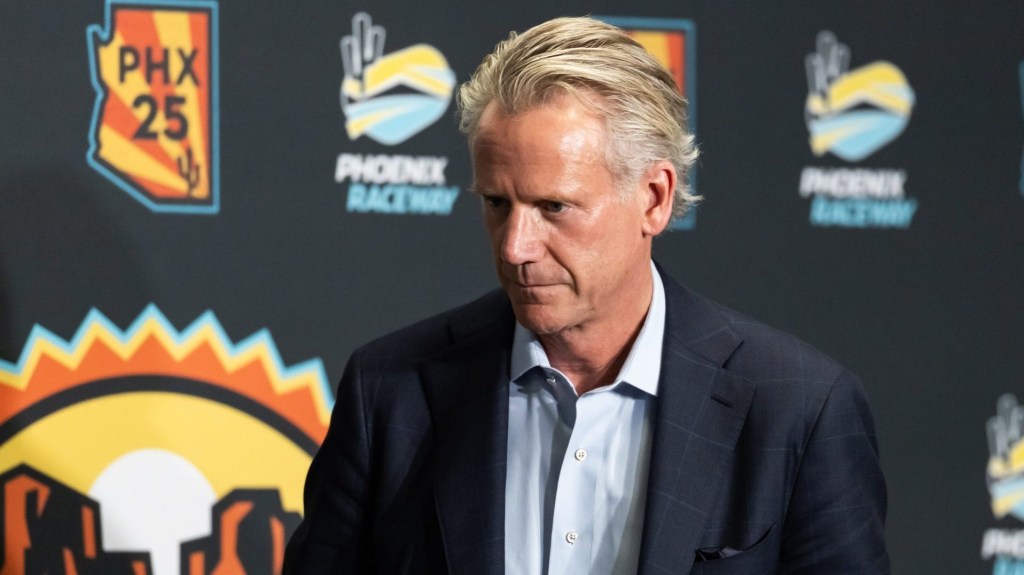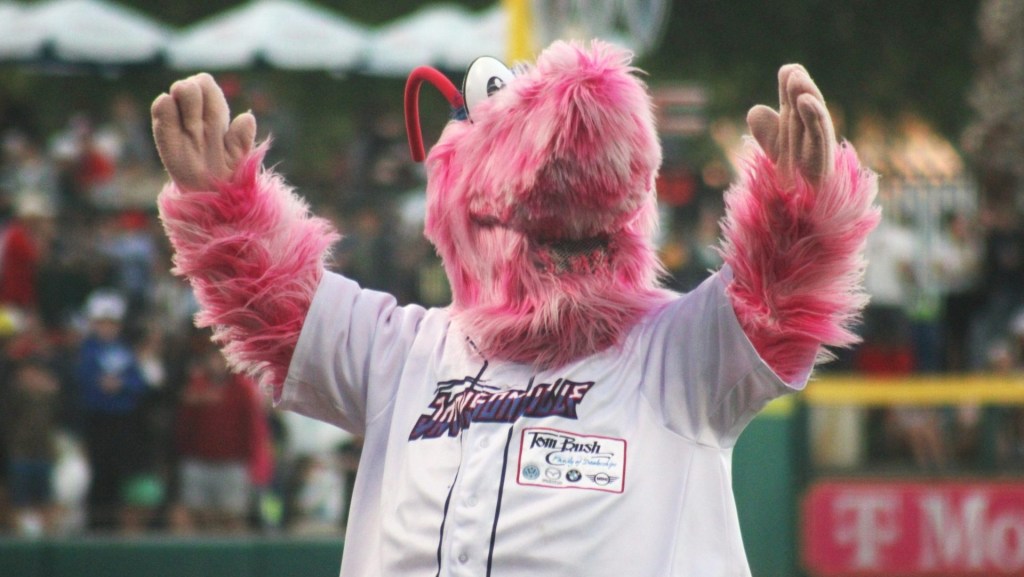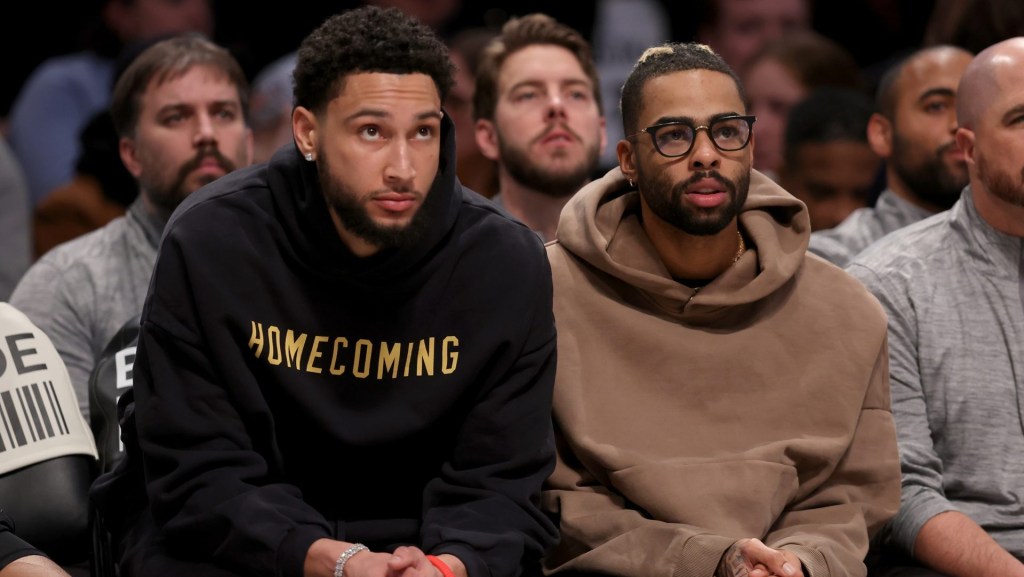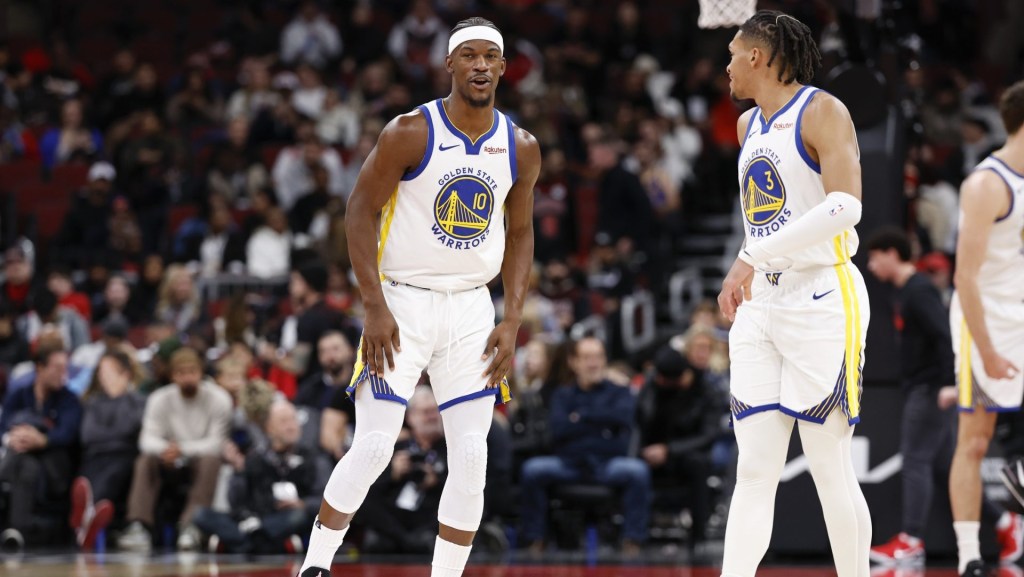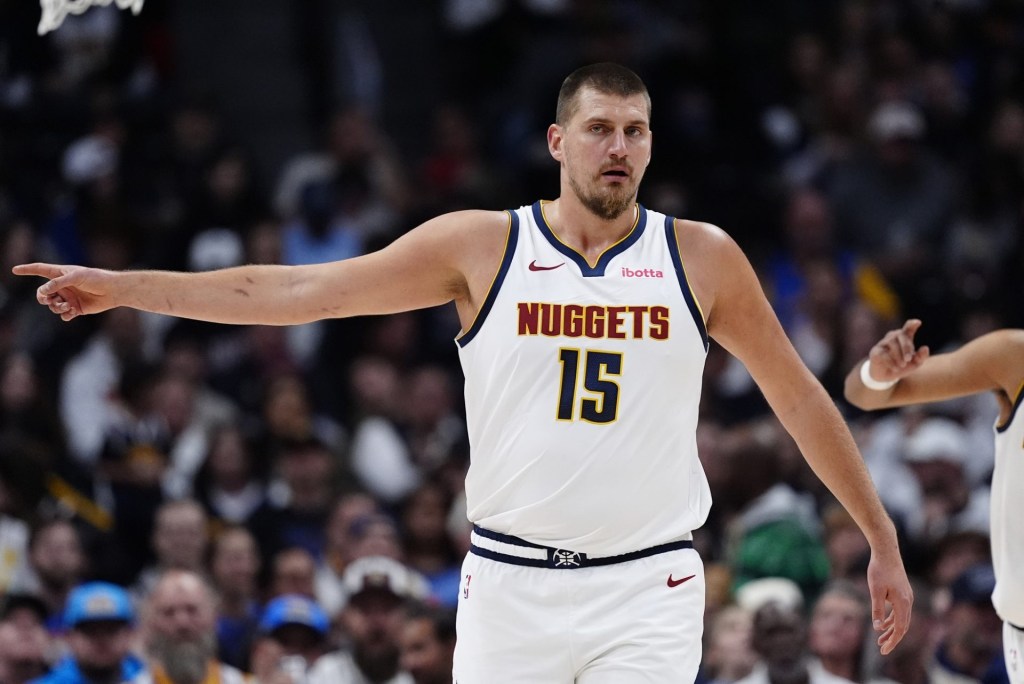On June 27, Nike stock closed the day at $94.19 per share. Then the company reported its fiscal fourth-quarter earnings, including a bad surprise: the long-dominant Oregon apparel giant cut its full-year guidance and warned it expects a 10% sales drop in its first quarter. When the market closed June 28, the stock price had tanked 20% to $75.37.
It was Nike stock’s worst day ever, and CEO John Donahoe, who took the job in 2020, did not survive the drop. (A Bloomberg story on Sept. 13 that called Donahoe the “man who made Nike uncool” and reported he “pissed off partners and disappointed fans” didn’t help.) On Sept. 19, the company parted ways with Donahoe and announced Elliott Hill, a popular company veteran, will take the CEO reins starting Oct. 14.
The stock has rebounded 10% since then. Employees at the Beaverton HQ have rejoiced. Some of the LinkedIn posts from Nike watchers are downright euphoric. Veteran sneaker analyst Matt Powell wrote that Sept. 19 “will go down as one of the greatest days in Nike history” and that Hill will take Nike “out of the dark days.”
But Hill has a lot of work to do to validate those cheers.
First, on Oct. 1 we’ll get Nike earnings and find out if its July through September quarter was indeed as bad as warnings indicated. That won’t be on Hill’s shoulders, and optimism about his appointment might soften the blow anyway—that and the fact that shareholders are already bracing for impact.
Then Hill’s work will begin.
What was wrong at Nike, and how much of it can really be blamed on one leader? These are the broad strokes:
- Too much emphasis on its direct-to-consumer business (no wonder, Donahoe is the former CEO of eBay) to the detriment of Nike’s relationships with brick-and-mortar retailers (crucial in sneakerland).
- Too much discounting on its own web site, which dilutes the brand.
- A lack of innovation (ain’t that always the line when long-dominant brands dip? Look at Adidas) and a range of failed initiatives, combined with a three-year-long cost-cutting effort that included laying off 1,500 people.
- The brand has lost that elusive “cool factor” to rapidly rising upstarts like On, Hoka, and even non-upstarts like New Balance, Asics, and Brooks that all understand running is the leading style segment now. (The WSJ pinpointed in June the rise of the social running club, and how Nike blew its pole position with amateur runners.)
These problems won’t magically dissipate just because Hill is now The Guy. He can put new systems in place to fix many of them, but his bigger task is more intangible: refresh the brand. By the way, its latest campaign, “Winning Isn’t For Everyone,” was not well received.
Nike Isn’t the Only Brand in Need of a Refresh
Over in Baltimore, Under Armour founder Kevin Plank has been trying to refresh his brand for years, as the one-time fearsome challenger to Nike and Adidas is on a long decline. Under Armour’s latest earnings report, from its fiscal first quarter, showed just about every metric down, including apparel sales, footwear sales, and even profit, but the numbers weren’t as bad as analysts expected, and the company revised its guidance higher, so the stock gained.
Plank, a former Maryland football player, created a brand in 1996 that was extremely defined—arguably too defined. Its iconic product was a sweat-wicking shirt for lifting weights and playing football. Its motto was “Protect this house.” Its image was of tough, muscled men. The company has been trying to get away from that for a decade. But it has proven extremely difficult to get consumers to see Under Armour in a different light.
Amid its own specific struggles and broader industry headwinds, Plank put himself back in the CEO role in March, replacing CEO Stephanie Linnartz, who had announced a three-year plan to fix the company, but was given less than one year. The signal: Only our founder himself can revive the brand.
In a way, Nike is sending the same signal: that a company insider with the trust and love of the staff (Hill) will succeed where an outsider (Donahoe) couldn’t. But brand is a squishy, elusive thing. Adidas went all-in on Kanye West in 2015 to halt its long sneaker market share decline, and that move worked—until it blew up.
Making an apparel brand cool again takes a very long time, and requires changes at every level of the business, at every venue where the brand shows up to consumers. The swoosh has a long-established lead in the sportswear race, but challengers are rounding the turn and eyeing the podium.

